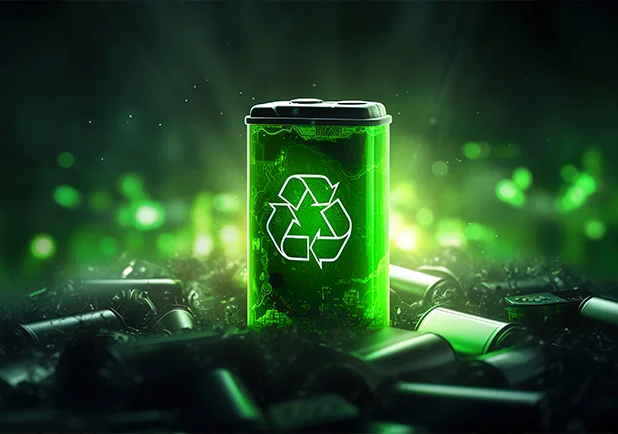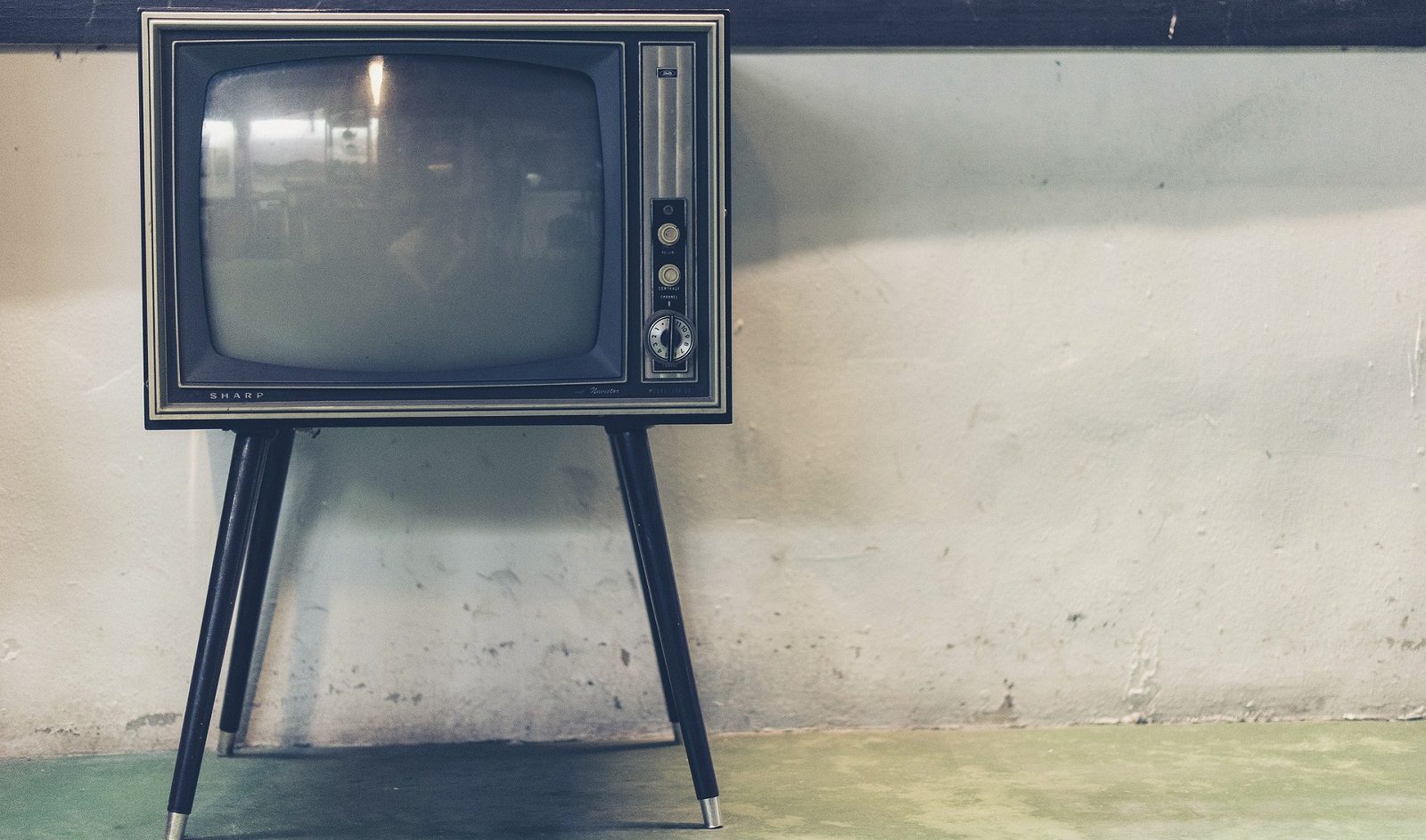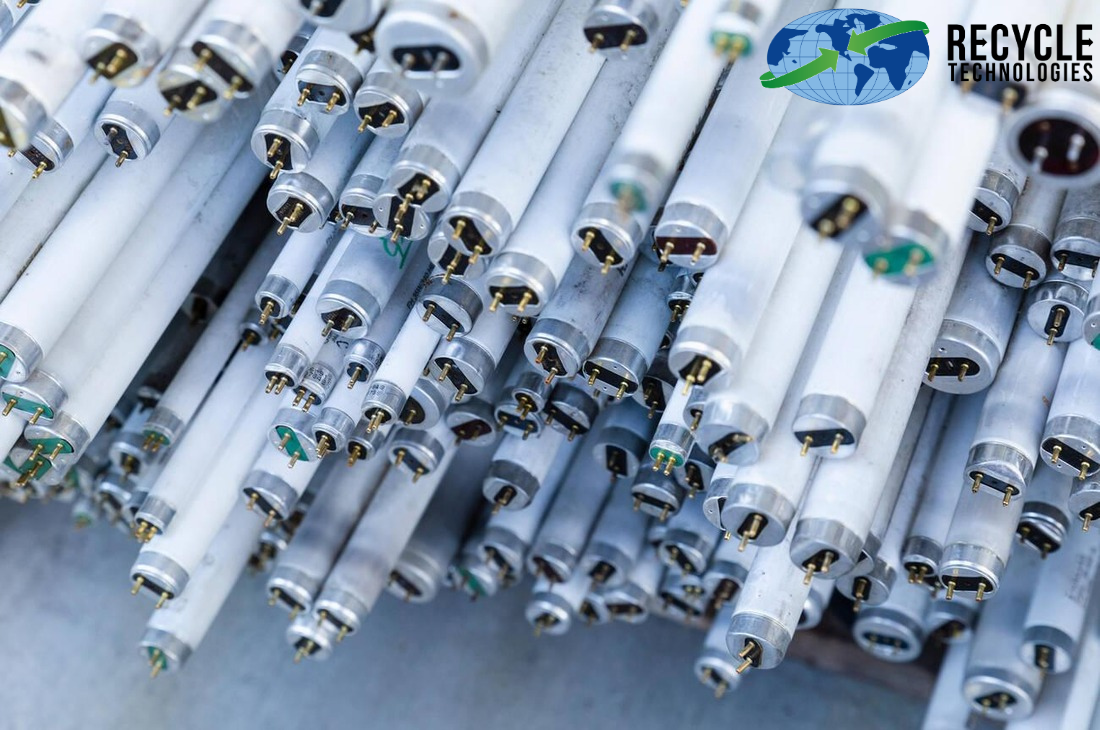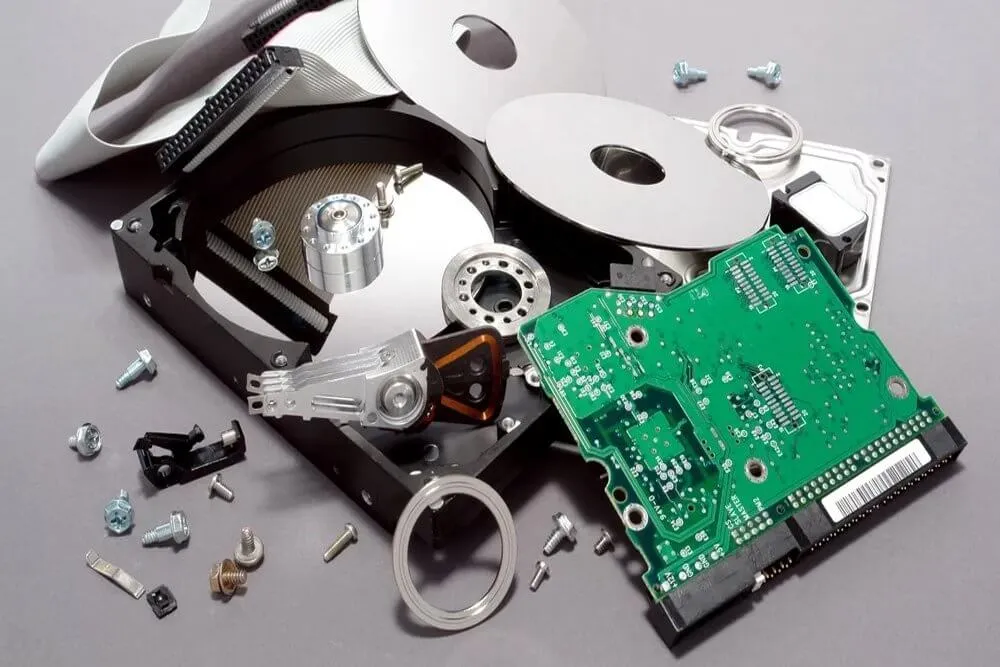According to EPA (Environmental Protection Agency) Toxic Substances Control Act (TSCA) regulations, the materials inside a ballast or non PCB Ballast must always be incinerated. Only the non-leaking ones need recycling; others automatically do not qualify. In case of a leak, the light fixture becomes a biohazard, and needs to be destroyed for good. How can they help us achieve sustainability if their recycling rate is low? Let us find out.
Many recycling companies, such as Recycle Technologies, are actively trying to minimize the number of light fixtures in landfills in the country. We understand that fluorescent recycling and disposal systems need to be safer for humans and the environment in manufacturing and recycling.
Limiting the manufacturing and sale of PCB was one step in the right direction – to help stop ecological damage, we need to develop better ways to handle the existing e-waste. It is a shame that it only takes one ounce (28.3 grams) of mercury, lead, and arsenic in the CFLs to contaminate a lake for centuries!
Following are some proposed ways to make sustainable development of light recycling possible. Recycle Technologies is already ensuring these procedures are in place. However, we always appreciate improved processes. Read on to find out how you can help recycling companies reach sustainability faster.
What Is NON-PCB Ballast?
A light fixture is a component of a fluorescent bulb that keeps the lamp's voltage stable. Older magnetic lights typically consist of copper wire, a steel or aluminum container, epoxy resins, and hazardous PCBs (Poly Chlorinated Biphenyls).
Without a ballast, a fluorescent light would draw excessive power from the wall outlet and burn out. The light bulb would become too hot and go out in less than a second. Their importance is another reason it took this long for manufacturers to be done with PCBs in the first place.
How Would You Know if Your Old Light Needs Recycling?
If the fixture malfunctions, the lamp will go out as soon as it is turned on. PCB lights last exceptionally long, typically up to 20 years or so, under ideal conditions.
However, the life duration of a light fixture can be shortened if it is consistently subjected to freezing air or if the light bulbs it uses are of low quality. It is essential to examine the light fixture to see if your fluorescents are flickering or humming to determine if it is operating correctly.
You can read more about the dangers of improper light disposal here.
How Light Recycling Leads to Sustainability?
As mentioned earlier, older lights contain toxic materials such as PCBs and mercury. Improper disposal in landfills is our prime goal for achieving sustainability. In this regard, here are some of the existing ways our recycling methods help us achieve a green economy:
Ballast Collection
Like Recycle Technologies' light bulb recycling programs, a fantastic way to assemble the existing CFL waste is to allow people to submit it directly to recyclers instead of throwing it away. Some initiatives require companies to pay people bringing in e-waste. However, studies have not conclusively proven it to be a potent incentive for increased recycling awareness.
What can be done instead is to establish convenient yet dedicated collection bins or points within public spaces such as offices where you can expect a great deal of CFL use. These bins should provide proper instructions to handle a component once it defaults.
Waste Identification
We can make the identification of PCBs more seamless by producing better categorizing based on types and features. Segregation based on parts has proven to be highly effective with the proper documentation. These measures can later help with the certifications or audits and uphold sustainability goals on each level of light recycling. Identification of a PCB bulb becomes even more crucial when we realize that the harmful toxins (particularly older ones) can directly affect the neurological and mental health of humans, can poison species that humans often consume, and can stay intact in the ground or freshwater bodies for unimaginably lengthy periods.
Resource Conservation
Resource conservation is a critical step toward achieving sustainability, particularly in the context of light recycling. Recycling light fixtures allows for the recovery of valuable materials like copper and aluminum, which can be reused in manufacturing new products. This conserves natural resources and reduces the energy required for new material extraction.
We do not just focus on properly disposing of components with recycling; we go a step further in ensuring the reclamation and reuse of valuable materials. Reusing copper and aluminum, among other materials, reduces the need for novel resources to be mined, leading to environmental damage.
Reusing metals from old and discontinued fluorescent materials reduces energy consumption compared to manufacturing new components. Reusing source materials aligns with our sustainability goals by reducing the carbon footprint and minimizing the release of hazardous substances, making recycling light fixture an essential practice in achieving a more sustainable and environmentally responsible future.
Legal Compliance and Consequences
Incorrect disposal methods are now illegal due to regulatory rules. Many businesses are fined and sometimes punished with landfill cleanup for carelessly discarding light bulbs containing PCBs and DEHP. Recycling ensures that these harmful substances are not released into the environment, making for a safer and more pleasant place to live and work.
Most lights made before 1978 contained polychlorinated biphenyls (PCBs), a substance deemed dangerous to human health and the environment by the Environmental Protection Agency (EPA). In addition, (DEHP), a colorless, odorless liquid, supplanted PCB lights made after 1978. Therefore, lights labeled "non-PCB" or "PCB-free" may still contain the substance.
Fluorescent light bulbs can cause fires and other accidents if not disposed of properly. To protect the planet for future generations, recycling is the best solution.
Conclusion
Consequently, the journey of light recycling is about more than just the disposal of outdated lighting parts. CFL and lamp recycling are illuminating a way to a more sustainable future. By doing our part efficiently, we at Recycle Technologies aim to align environmental concerns with a solid impact on our planet. Getting sustainable in recycling starts with identifying, segregating, and recycling with precision and old materials. However, it goes beyond that.
As we say goodbye to the days of manufacturing ecologically disruptive PCBs, we are also committing to finding new ways to bring about a greener society and a circular economy. Let us work together to reach our goals in the shortest time possible. If you need to learn more about how we can help you further with electronics recycling, please check our website here.












